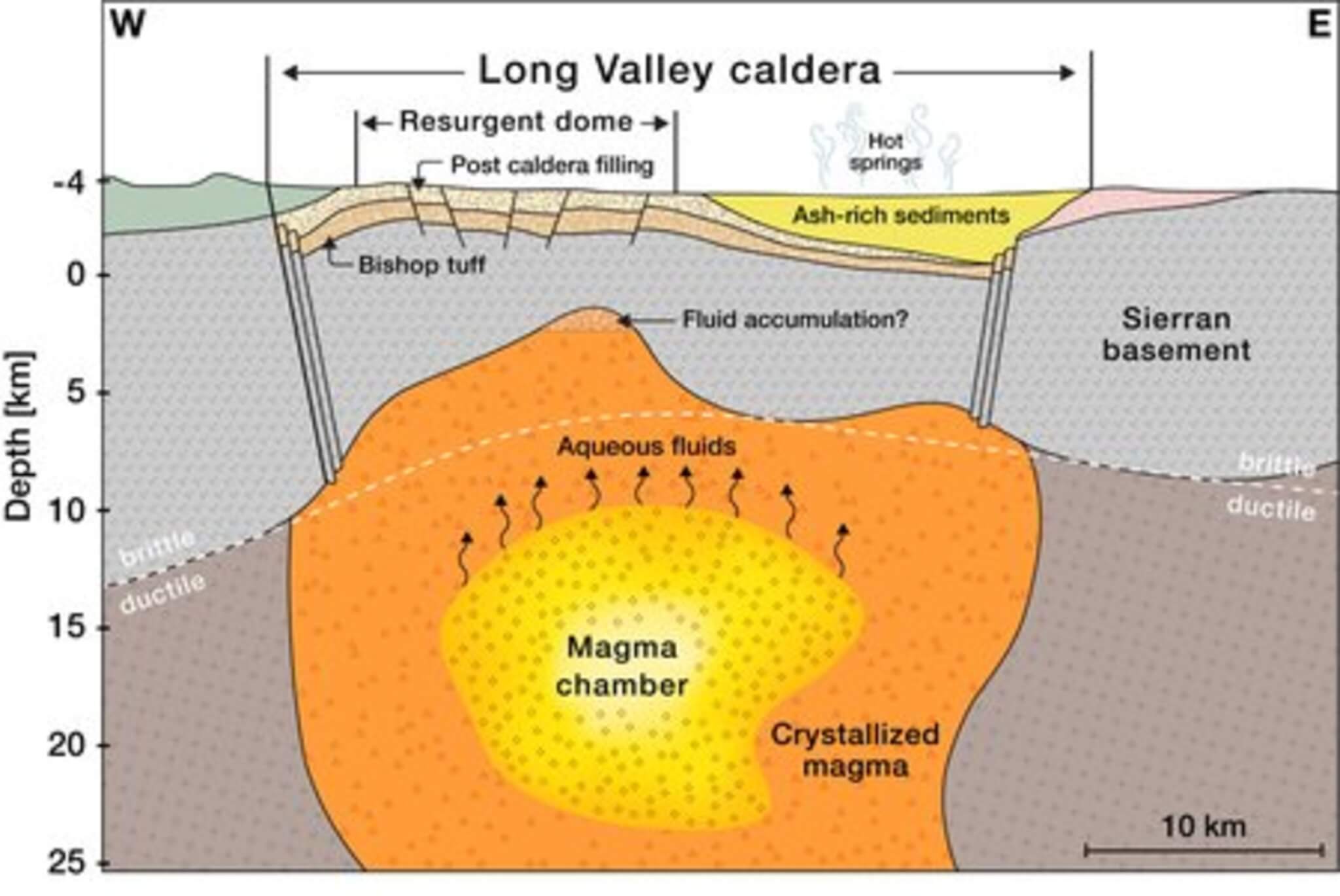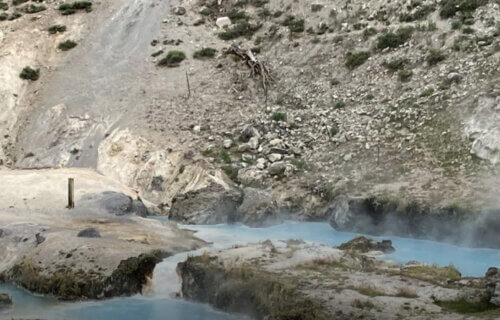PASADENA, Calif. — Could an ancient supervolcano in California still be active enough to cause seismic terror for residents today? For decades, a region in California’s Eastern Sierra Nevada mountains, known as the Long Valley Caldera, has been a hotspot for geological unrest. This area has witnessed swarms of earthquakes and ground inflation, with the land rising by nearly half an inch annually. What makes this activity particularly alarming is that the Long Valley Caldera is perched atop a massive dormant supervolcano that last erupted 760,000 years ago, spewing an astonishing 650 cubic kilometers of ash into the atmosphere — enough to bury Los Angeles under a layer of sediment a kilometer thick.
Scientists have been pondering whether the recent uptick in activity could signal an impending eruption or, conversely, a decrease in the risk of a catastrophic event. To address these questions, researchers from the California Institute of Technology (Caltech) have produced the most detailed underground images of the Long Valley Caldera to date, delving as deep as 10 kilometers into the Earth’s crust. These high-resolution images have unveiled the geological secrets beneath the caldera, suggesting that the recent seismic activity results from the release of fluids and gases as the area cools and settles.
“We don’t think the region is gearing up for another supervolcanic eruption, but the cooling process may release enough gas and liquid to cause earthquakes and small eruptions,” says Dr. Zhongwen Zhan, a professor of geophysics at Caltech, in a university release. “For example, in May 1980, there were four magnitude 6 earthquakes in the region alone.”

One key revelation from the high-resolution imaging is that the volcano’s magma chamber is now covered by a solidified lid of crystallized rock, formed as the once-liquid magma cooled and solidified.
Creating these underground images involved a technique that interprets the subsurface environment by measuring seismic waves generated by earthquakes. Earthquakes generate two types of seismic waves: primary (P-waves) and secondary (S-waves). These waves travel at different speeds through different materials, with liquids slowing them down while rigid materials like rock allow them to travel swiftly. By using seismometers positioned at various locations, researchers can analyze the timing discrepancies of these waves and deduce the characteristics of the materials they traversed, thereby generating images of the subsurface environment.
What sets this study apart is the use of fiber optic cables, similar to those used for internet connections, in a method called distributed acoustic sensing (DAS). A 100-kilometer section of cable, equivalent to an array of 10,000 traditional seismometers, was deployed to monitor over 2,000 seismic events — most of which were too faint to be felt by people — over an 18-month period. A machine learning algorithm processed these measurements, resulting in a detailed image.
This study marks the first time that such deep, high-resolution images have been produced using DAS. Previous imaging efforts through local tomography studies were limited to shallower depths of around five kilometers or offered lower resolution over larger areas.
“This is one of the first demonstrations of how DAS can change our understanding of crustal dynamics,” says study first author Ettore Biondi. “We’re excited to apply similar technology to other regions where we are curious about the subsurface environment.”
The research team’s next endeavor involves using a 200-kilometer length of cable to delve even deeper into the Earth’s crust, reaching depths of 15 to 20 kilometers, where the magma chamber — the “beating heart” of the caldera — is undergoing cooling processes.
The study is published in the journal Science Advances.
You might also be interested in:
- Yellowstone mysteries: Brain-altering parasite affecting wolves, ancient supervolcano closer to eruption?
- Chain of Alaskan islands may all be part of a globe-threatening ‘supervolcano,’ scientists say
- Tonga volcano eruption among the most powerful ever recorded, sent shockwaves into edge of space!

